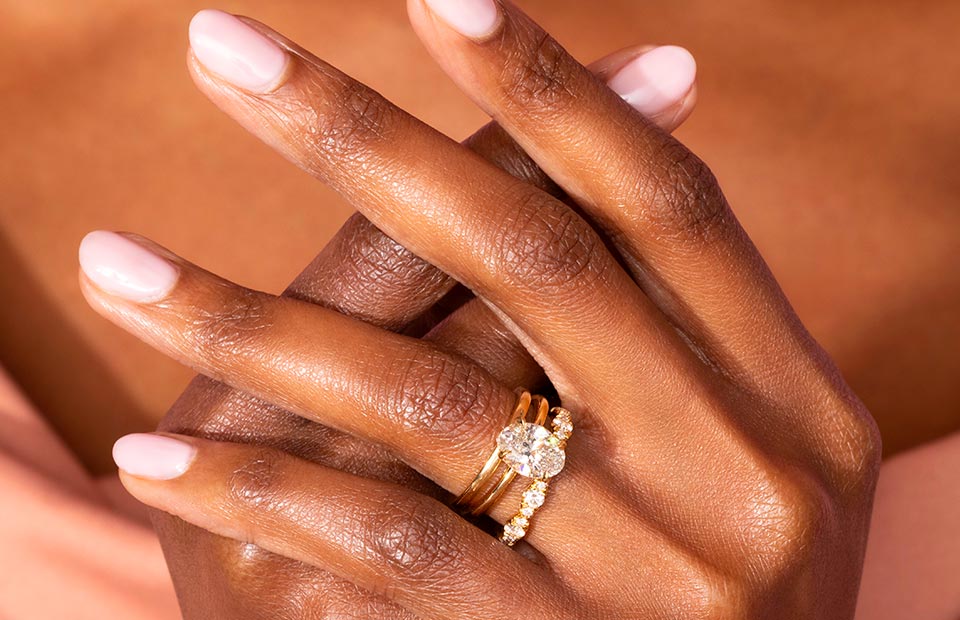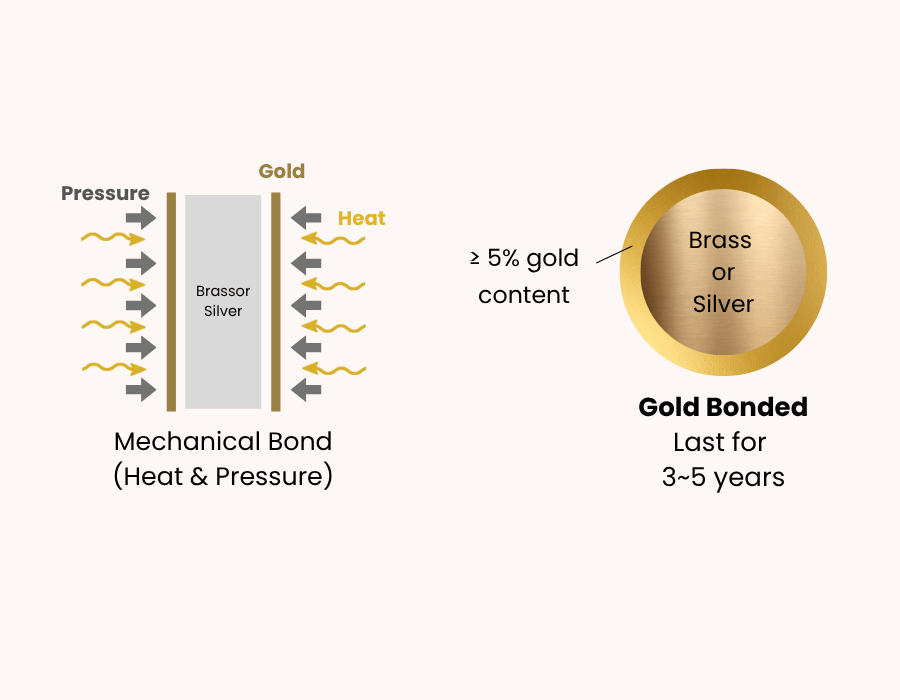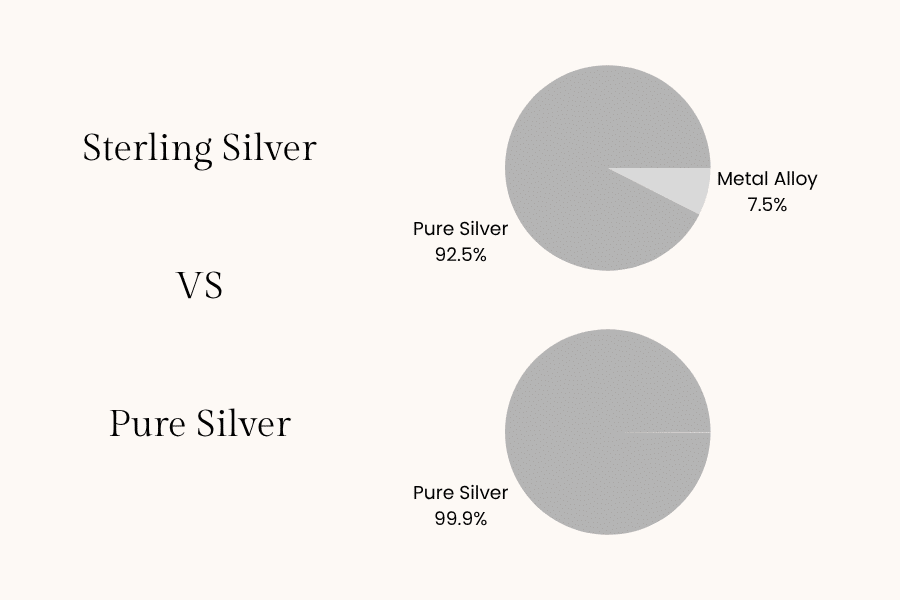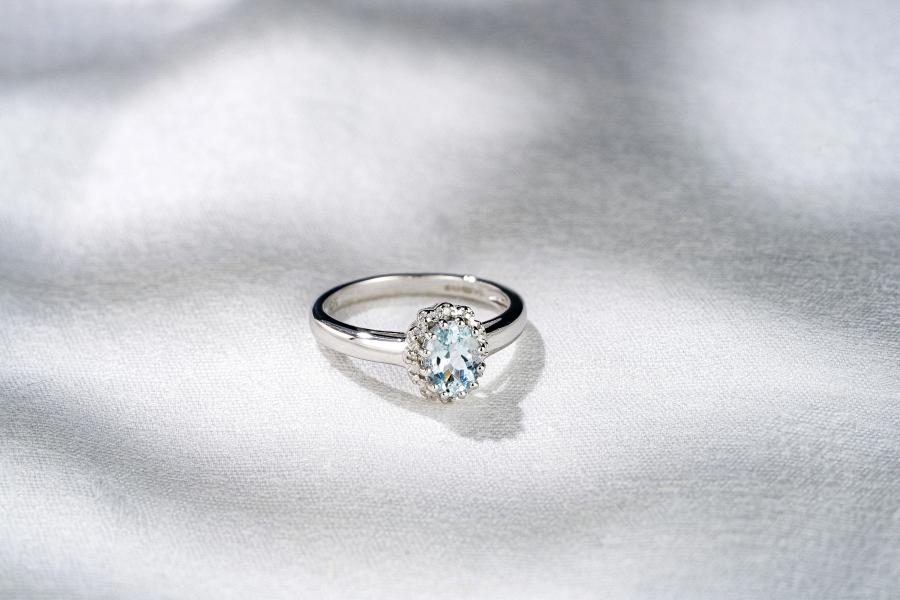With the same stunning look as a diamond, sometimes moissanite is mistaken to be real diamond, but when it comes to cost, you will find yourself paying way less.
This is not to take away the incredible qualities of a moissanite, especially since it sparkles and refracts light in the same hypnotizing pattern as a diamond. Also, it’s the closest gemstone comparable to the durability of a diamond. While diamonds are rated 10 at the top of the Mohs scale of hardness, moissanites follow with a 9.25 rating.
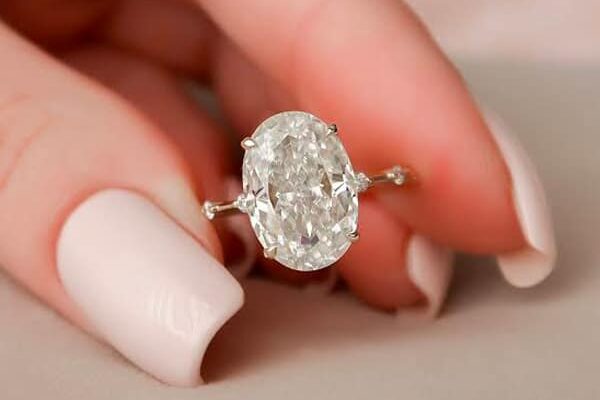
However, not all moissanites are top-quality, as the market has been compromised with many mediocre moissanites. Now, let’s discuss how you can detect the bad ones.
Are All Moissanites the Same Quality?
No, all moissanite are not the same quality. As the popularity of moissanite continues to expand, many jewelers are flooding the market with fake products that closely mimic the characteristics of the real ones.
- A good quality moissanite has very few flaws, which are not visible to the naked eyes, enabling jewelers to cut them properly into finely-designed moissanite jewelry.
- But poor quality moissanite has more flaws that are visible and don’t allow for a fine cut. Thus, it’s unable to attract light and sparkle like high-quality moissanite.
Different Grades of Moissanite
Still sharing similarities, moissanites are graded with the same 4Cs (color, clarity, cut, and carat) as diamonds.
Color Grading
This refers to the color tone present in moissanite. Understanding the various colors will help you select the most ideal stone. Based on GIA standards, color grading starts from D – Z, but moissanite color grading is broken down into three major categories:
- Colorless (D, E, F): Bright white with minimal to no undertone.
- Near-colorless (G, H): Slight warm tones, often indistinguishable from colorless to the untrained eye.
- Faint color (I, J, K): Slightly yellow or gray hue, noticeable in certain lighting.

Clarity Grading
This refers to the amount of inclusions or imperfections present in the stone. While all gemstones have imperfections, moissanite have fewer inclusions and they are not visible to the naked eye. They can only be seen when magnified with a jeweler’s loupe or microscope.
Clarity grading for moissanite is based on the number of inclusions within the stone. They are broken down into 5 major categories:
- FL (Flawless): Completely clear.
- IF (Internally Flawless): Have little inclusions on the surface.
- VVS1-VVS2 (Very Very Slightly Included): So hard to notice.
- VS1-VS2 (Very Slightly Included): Hard to notice.
- SI1-SI2 (Slightly Included): Somewhat visible.

Oftentimes, the major inclusions within moissanite are:
- Needles: These are thin, needle-like imperfections that mostly alter the full clarity of moissanite. They can only be noticed by close observation and if clustered together, they impact the stone’s beauty.
- Mineral Crystals: These are small mineral crystals that can appear light or dark, thereby compromising the sparkle of the stone.
- Clouds: These are clusters of needles and mineral crystals, creating milky looking spots within the stone. They impact the overall brilliance of moissanite.
- Feathers: These are minor cracks or fractures within the stone. Never choose a moissanite with many feathers because they will impact the structural integrity and durability over time.
- Knots: These are white or transparent crystals that don’t just affect the structural integrity of the stone, but reduce the shine and luster.
- Cavities: Similar to teeth cavity, these are openings on the stone surface that easily trap dirt and oil, resulting in unsightly dark spots.
Cut Grading
This refers to how the moissanite is cut. The quality of a moissanite’s cut affects its brilliance (sparkle), fire (rainbow flashes), and overall symmetry. Moissanite cut grading is divided into 5 parts, which are:
- Excellent: Beautiful shape and reflects a lot of light.
- Very Good: Great cut, but reflect less light.
- Good: Average cut with a little light reflection.
- Fair: Below average and reflect very little light.
- Poor: Badly cut with little to no light reflection.
Popular cuts: Round brilliant, cushion, oval, pear, and radiant are common. Round brilliant tends to show the most sparkle.
NOTE: Moissanite has a higher refractive index (2.65–2.69) than diamonds, so it displays more fire and sparkle. Well-cut moissanites often show even more dramatic light play than diamonds. A poor cut will result in a lifeless looking moissanite that doesn’t allow light to pass through. These types of stones are often fake.
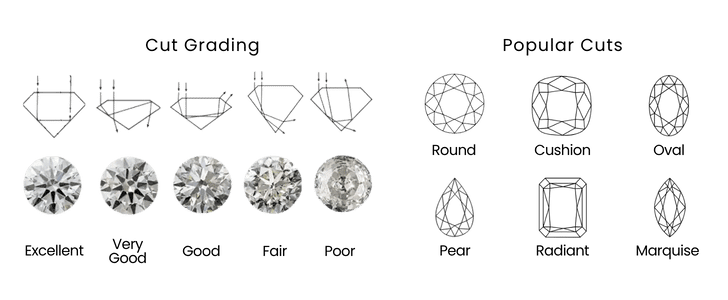
Carat Weight Grading
This refers to how heavy the moissanite is. Usually, the heavier the stone, the more expensive it is. Do not judge this by how big the gemstone is because it can look visually larger than its actual weight. Rather, choose a stone that is cut at least “Very Good.”
NOTE: Moissanite is often sold by millimeter size (diameter) rather than carat because it’s less dense than diamond. A 6.5mm round moissanite equals about 1 carat diamond equivalent in visual size, but weighs less.

Why Are Some Moissanites Cheaper than Others?
Although moissanite has a general price range, you may notice that some are sold significantly below market value. This usually comes down to quality differences and industry regulation.
The moissanite industry lacks strict oversight, allowing some sellers to cut corners or even offer fake stones. In many cases, diamond standards are loosely applied, which opens the door for misrepresentation.
- Lack of industry regulation: Unlike diamonds, moissanite grading isn’t strictly standardized.
- Low-quality materials: Cheaper moissanites often have visible inclusions or flaws.
- Poor craftsmanship: These stones are typically not well-polished or precisely cut, resulting in less sparkle and brilliance.
- Reduced durability: Inferior stones may chip more easily or wear down over time.
- Misleading labeling: Some sellers pass off imitation stones or low-grade cubic zirconia as moissanite.
Tip: Always purchase from reputable jewelers who provide grading reports or clear specifications on clarity, color, and cut.
How Much Cheaper Is Moissanite Than Diamond?
Moissanite is significantly more affordable than diamonds—often costing up to 80–90% less for a similar-looking stone. It offers similar brilliance and durability at a fraction of the cost, making it a popular alternative for budget-conscious buyers.
Price Comparison Example:
- 1-carat diamond: $4,000–$6,000 (depending on quality)
- 1-carat moissanite: $300–$600 (for premium quality)
Does the Brand of Moissanite Matter?
Yes, the brand of moissanite matters.
Unlike diamonds (natural and lab-made) that are graded by third-party standard organizations like Gemological Institute of America (GIA) or International Gemological Institute (IGI), moissanite does not go through this process. This is mainly because moissanites are assessed for quality using diamond standards because it’s the most well-known.
Therefore, to guarantee the authenticity, beauty, and brilliance of your moissanite, it is essential you buy from a reputable brand that explores effective quality management. This is because there are many low-quality moissanites flooding the market. While they are cheaper, they are inferior in color, clarity, cut, and carat weight.
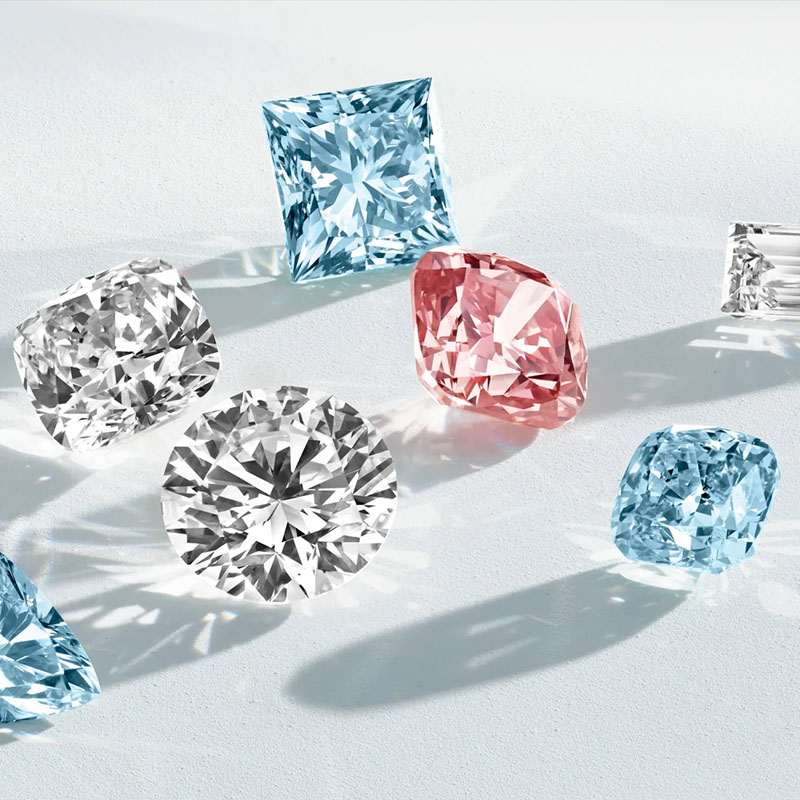
How to Tell the Quality of Your Moissanite
There are 2 major ways to tell the quality of your moissanite. One is assessing the 4Cs of the stone, while the other is using specialized technological methods.
- 4C (color, clarity, cut, carat): Quality moissanite typically displays exceptional color tone, clarity, precise cut, and durability. On the other hand, counterfeit moissanite has poor color tone, impurities, inconsistent cut, and low strength.
- Technological Methods: Several technological methods are used by the best custom jewelry manufacturer to test the authenticity of a moissanite. Some of them are:
- Jeweler’s Loupe or Microscope: Carries out close examination, revealing all the inclusions that cannot be seen with the naked eye.
- Advanced Tests: Advanced laboratory methods like Raman Spectroscopy can be used to provide detailed information into your moissanite’s chemical composition and structure.
Key Takeaway
Moissanite is a common gemstone and is popularly rated after diamond as the best stone for jewelry making. This is because it shares many features with diamonds. However, it doesn’t have a regulatory body like diamond, hence why there are many low-quality moissanites on the market. This results in variation in price.
But with the insights shared in this post, we believe that you should be able to tell fake moissanites from real ones. For more information, feel free to contact us.
